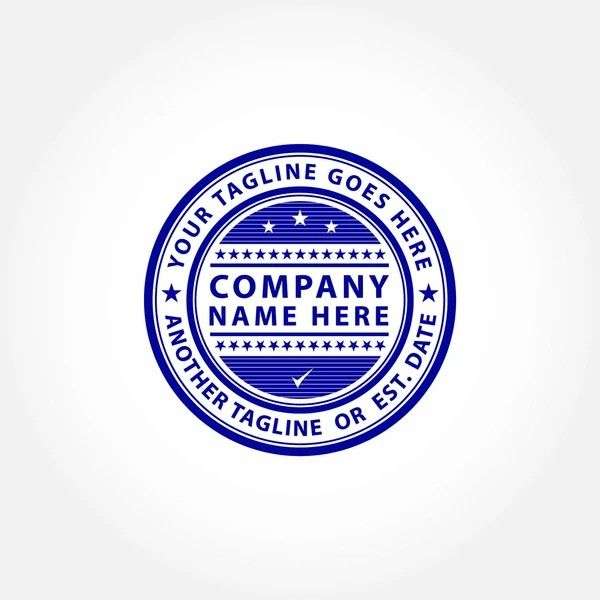Understanding Column Inches: Definition, Examples, and Usage
Column inches refer to a standard measurement used in print media, particularly newspapers and magazines, to quantify the amount of space an article or advertisement occupies vertically and horizontally within a column of a publication. This measurement is crucial for advertisers, editors, and publishers to assess and allocate space effectively. Key Features of Column Inches […]
Understanding Column Inches: Definition, Examples, and Usage Read More »










